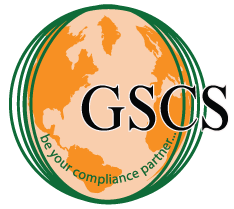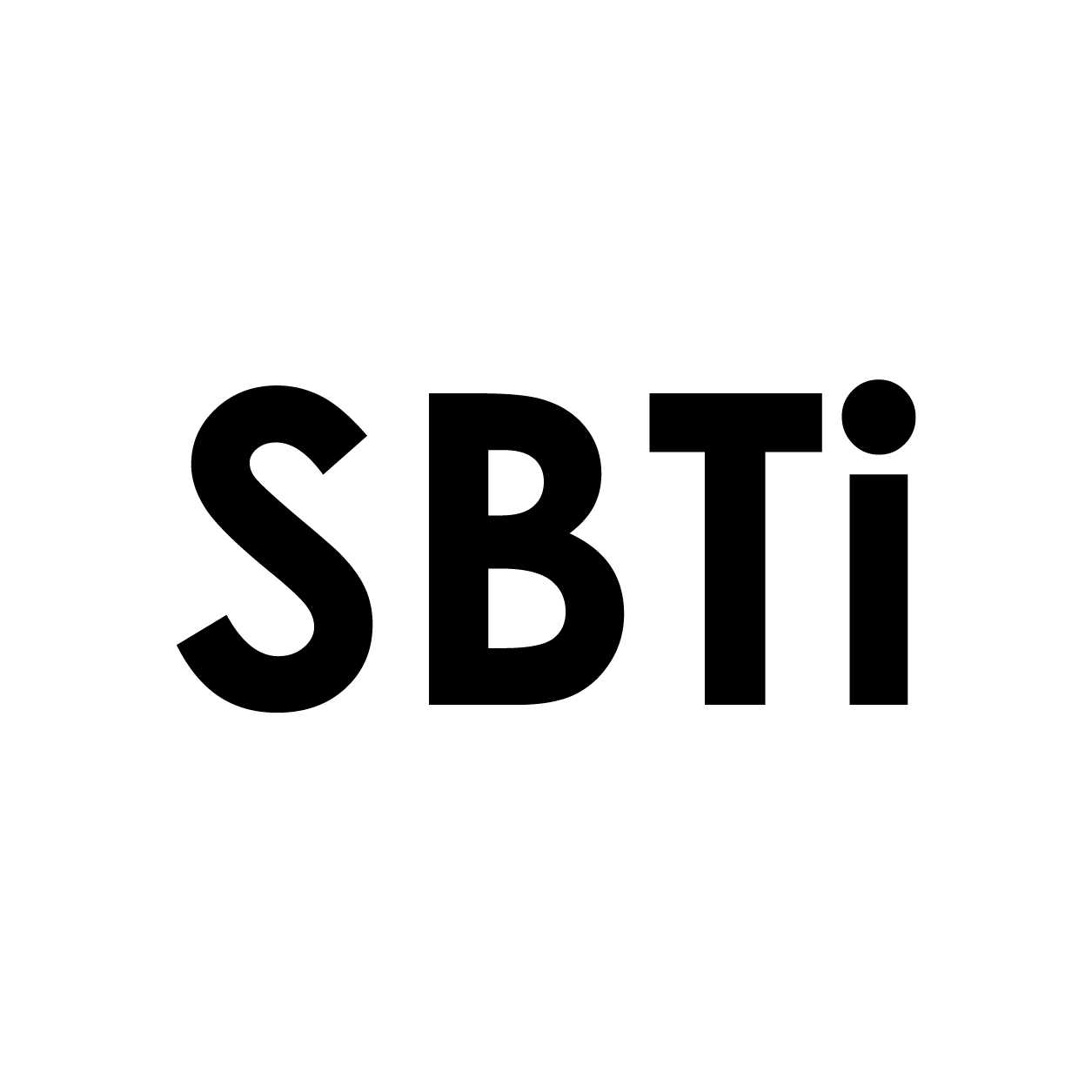
Benefits of Science Based Targets initiative (SBTi)
Introduction: The Science Based Targets initiative (SBTi) helps companies set greenhouse gas (GHG) reduction targets grounded in the laCheck climate science. Arsenic mood shift becomes associated with nursing imperative round effect businesses are low development force to cut their c footprints and array with round mood goals. Starting in 2015, the SBTi provides a clear framework for businesses to add meaningfully to global efforts to limit global warming, notably in line with the Paris Agreement.
In this article we explores the SBTi, why it's vital for businesses, and how companies can use it to set actionable science-backed emissions targets that support sustainability and climate leadership.
The Science Based Targets initiative (SBTi) is a corporate climate action organization that enables companies and financial institutions worldwide to play their part in combating the climate crisis.
Science-based Targets give businesses a clear way to cut emissions, more precisely greenhouse gas (GHG) emissions, averting the worst effects of climate change and securing the expansion of their businesses, according to the objectives of the Paris Accord.
The Science Based Targets initiative (SBTi) has already partnered with over 5,000 firms worldwide. Let’s join them with GSCS International Ltd.
.jpg)
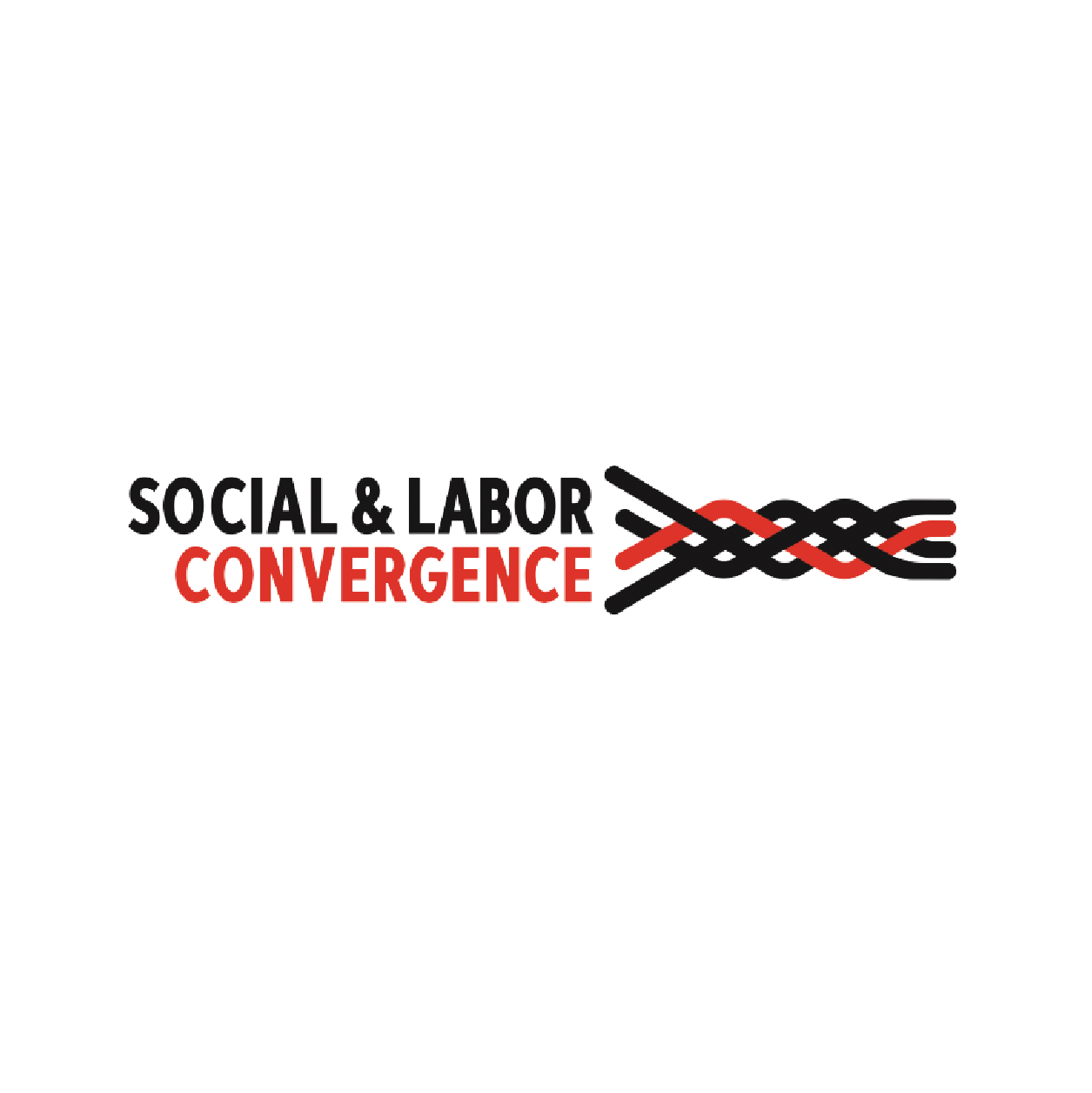
Understanding the Benefits and Process of SLCP Verification
Introduction: The Social & Labor Convergence Program (SLCP) has transformed the social and labor compliance by enhancing the level of transparency and efficiency in the working conditions assessment of global supply chains. SLCP’s aim is to do away with unnecessary duplication of social audits by offering a single common approach to data collection and verification, thus simplifying the process. This initiative makes it easier and cheaper for companies to focus their resources on tangible action to address the issues of labor rights and conditions in workplaces.
The Social and Labor Convergence Program (SLCP) aims to bring together unique perspectives to create an efficient, scalable, and sustainable solution for social audits. Together, we are working to implement the first industry-wide framework to assess social and labor conditions. This framework includes a standard-agnostic tool and verification methodology which collects objective social and labor data that stakeholders can use to identify opportunities for improvement and track progress. One assessment for all, vast amounts of resources saved. Imagine the possibilities.
This article focuses on the concept behind SLCP Verification, its merits, and its relevance to modern businesses that are increasingly pursuing social compliance and sustainability.
book the course
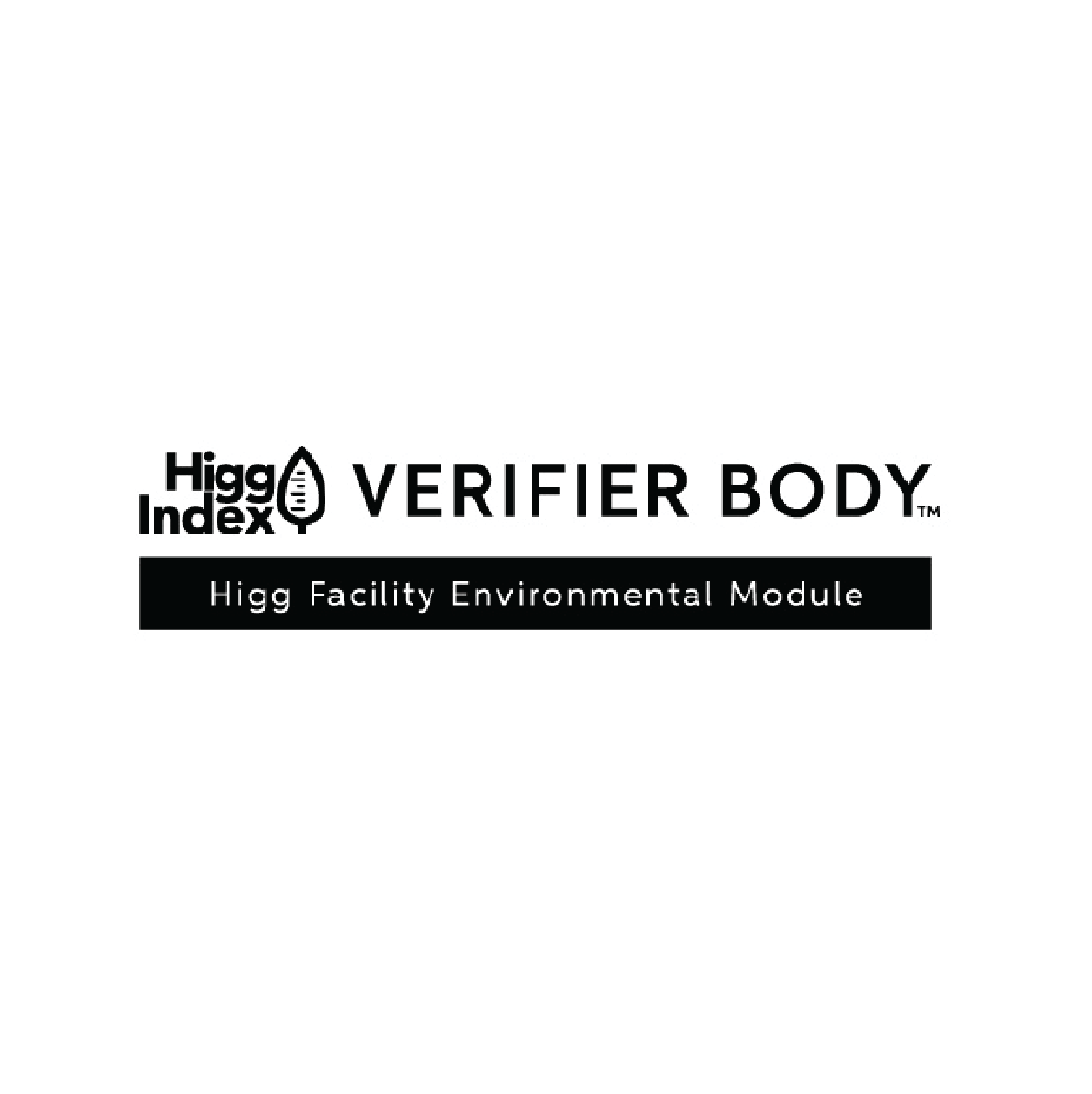
Sustainability with CASCALE Higg FEM Verification
Introduction: Today, in business focusing on sustainability is a necessity, not an option. To help companies to pursue this goal of sustainability, the Sustainable Apparel Coalition CASCALE Higg Facility Environmental Module FEM Verification. It helps measure their environmental performance by ensuring that specific sustainability targets are achieved, thereby enhancing carbon reduction and transparency in the operation.
In this article, we will explain the verification process of CASCALE Higg FEM, its advantages, the details of the verification process, and why it is crucial for accomplishing the desired sustainability targets.
CASCALE BRM Verifier Body- The Higg BRM creates an international benchmark for measuring and discussing sustainability performance among retailers and fashion brands. BRM achieved comparable data for the first time, allowing us and the brads to pinpoint areas that need work. The Sustainable Apparel Coalition is well-positioned to spearhead this crucial transformation in the fashion sector because it is an independent, globally oriented organization.
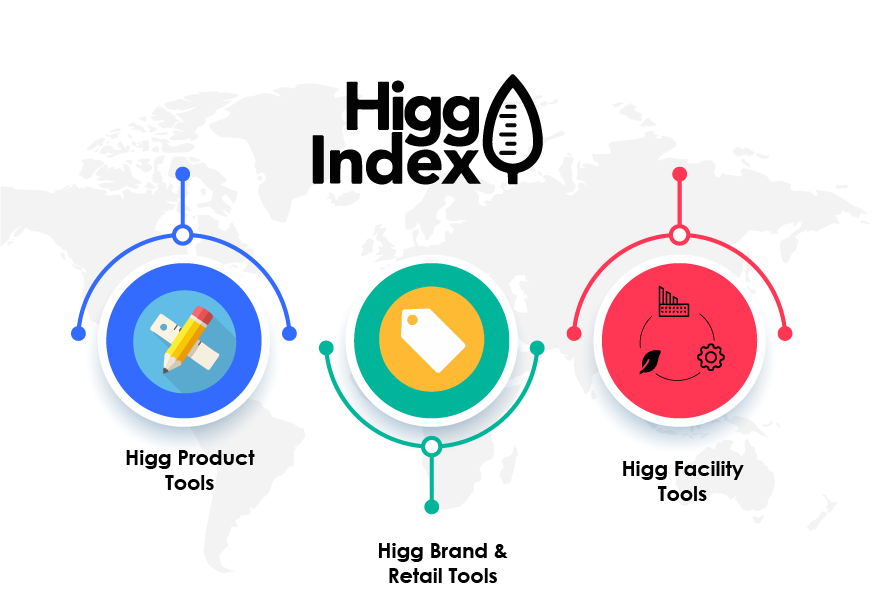
Boost Sustainability with ZDHC InCheck Level 1 Verification
Introduction: ZDHC InCheck Level 1 Verification is the first step to achieving Zero Discharge of Hazardous Chemicals (ZDHC). The verification makes it possible for the manufacturers in achieving a sustainable supply chain devoid of chemicals. ZDHC technologies allow manufacturers to be certified for owning a Level 1 certificate which shows that they are taking the necessary steps towards the use of safer chemicals while also ensuring decrease in environmental pollution and bettering their brand's reputation. In this article, we will discuss the ZDHC InCheck Level 1 Verification and how it positively impacts your business while working towards preserving our beautiful planet.
This article will discuss The ZDHC InCheck Level 1 verification, its learning outcomes and benefits, and finally, reduction strategies for proper implementation.

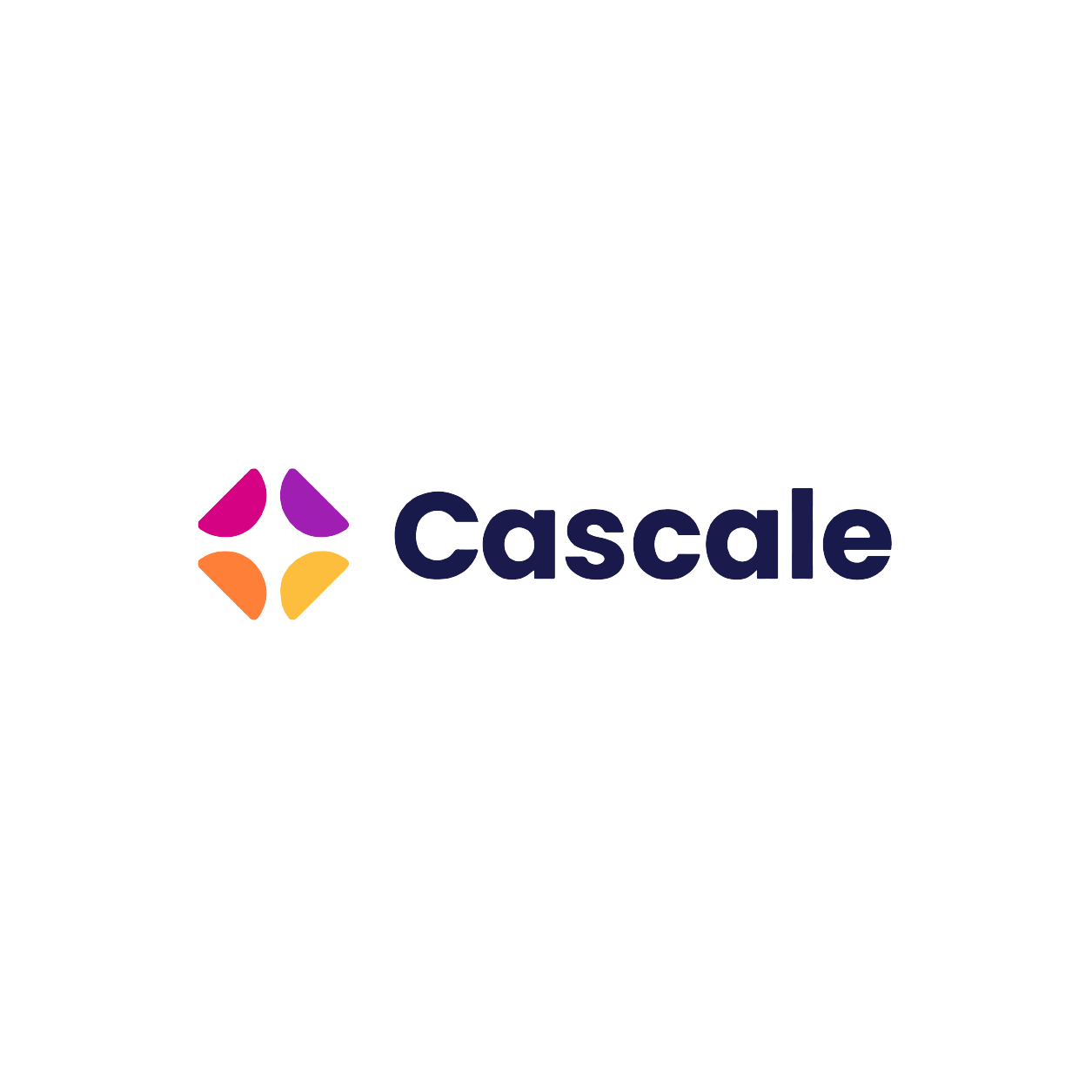
How Cascale BRM Verifier Body Ensures Verified Sustainability Data
Introduction: The Higg Brand and Retail Module (BRM) plays a critical role in this, and it was developed by the Sustainable Apparel Coalition (CASCALE). One such initiative is supported by the Cascale BRM Verifier Body, which ensures accuracy and dependability in sustainability data reported by retailers and fashion brands. It has become a matter of utmost concern for businesses, particularly those in fashion and retail industries that have previously come under fire due to their environmental and social impacts. The Higg Brand & Retail Module (BRM) is one tool that has come up to help companies measure and improve their sustainability performance.
CASCALE BRM Verifier Body- The Higg BRM creates an international benchmark for measuring and discussing sustainability performance among retailers and fashion brands. BRM availed comparable data for the first time, allowing us and the brands to pinpoint areas that need work. The Sustainable Apparel Coalition is well positioned to spearhead this crucial transformation in the fashion sector because it is an independent, globally oriented organization.
We are going to explain the Cascale BRM Verifier Body, why it matters, and how it benefits the fashion and retail sectors.
